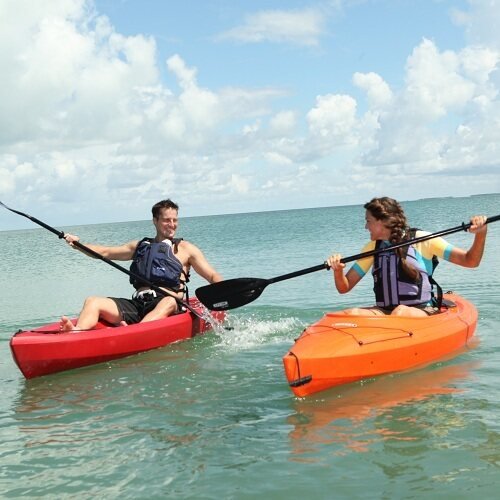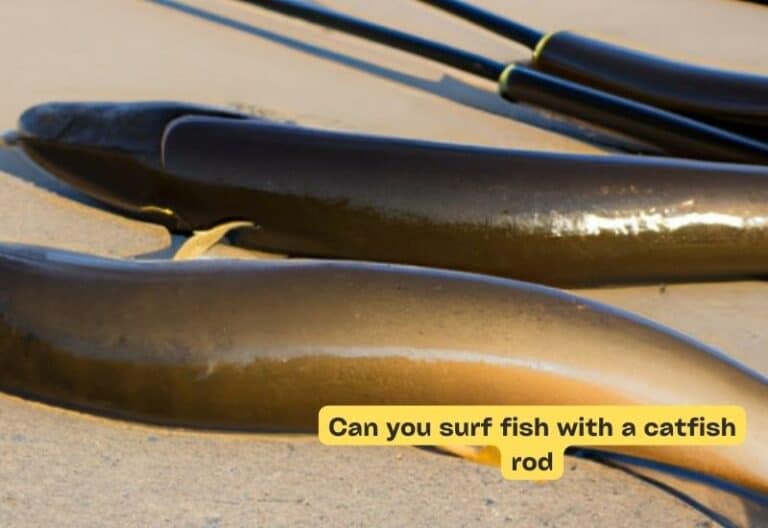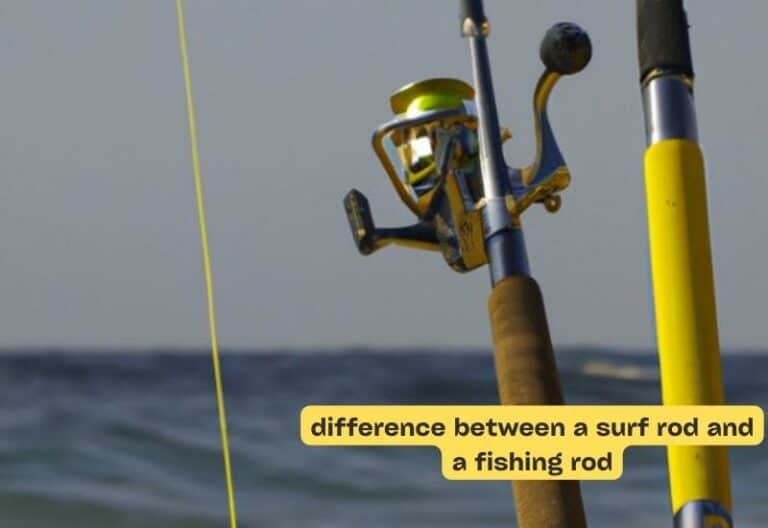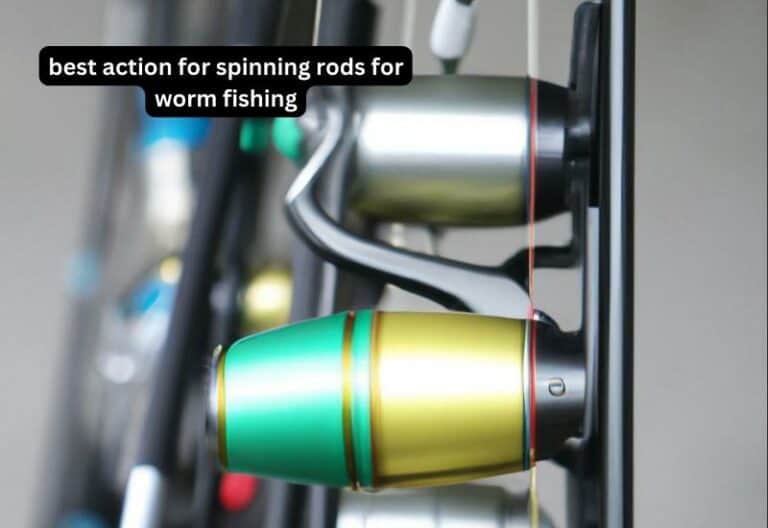which is better sit in or sit on kayak
When it comes to choosing a kayak, many outdoor enthusiasts find themselves pondering the age-old question: which is better, a sit-in or a sit-on kayak? The answer is not as simple as it may seem, as both options have their own unique advantages and disadvantages. In this article, we will delve into the pros and cons of each type of kayak, ultimately helping you make an informed decision based on your individual preferences and needs. So, if you’ve ever wondered which is better – a sit-in or a sit-on kayak – keep reading to find out!
Which is Better: Sit-In or Sit-On Kayak
When it comes to choosing a kayak, one of the most important decisions you’ll need to make is whether to go for a sit-in or sit-on kayak. Both options offer unique benefits and drawbacks, so it’s essential to consider your specific needs and preferences before making a decision. In this article, we’ll dive deep into the sit-in vs. sit-on kayak debate, exploring the pros and cons of each option to help you make an informed choice.
1. Introduction to Sit-In and Sit-On Kayaks
To start our discussion, let’s briefly introduce the two types of kayaks we’ll be comparing:
Sit-In Kayaks:
– Designed with an enclosed cockpit where the paddler sits inside the kayak’s hull.
– Traditionally used for touring, recreational paddling, and adventures in colder climates.
– Provide better protection from the elements and offer a snug fit for added stability.
– Typically equipped with a spray skirt to protect against water entering the cockpit.
Sit-On Kayaks:
– Feature an open-top design, allowing the paddler to sit on the kayak’s deck.
– Popular for fishing, recreational paddling, and warm-weather environments.
– Allow greater freedom of movement and easier entry/exit compared to sit-in kayaks.
– Provide self-bailing capabilities, allowing water to drain through scupper holes.
Now that we have a basic understanding, let’s explore the advantages and disadvantages of both sit-in and sit-on kayaks in more detail.
2. Sit-In Kayaks: Pros and Cons
Sit-in kayaks offer several advantages that make them a preferred choice for certain paddling activities. Let’s take a closer look:
2.1 Pros of Sit-In Kayaks
a. Better Protection and Comfort:
– The enclosed cockpit of a sit-in kayak provides better protection from wind, cold water, and spray.
– Can accommodate a spray skirt, which prevents water from entering the cockpit, keeping you dry.
– Suitable for paddling in colder climates or when encountering rougher waters.
b. Greater Stability:
– The lower center of gravity in sit-in kayaks offers increased stability, making them ideal for beginners.
– The snug seating position in the kayak’s cockpit helps maintain balance while paddling.
c. Enhanced Maneuverability and Tracking:
– The design of sit-in kayaks allows for more efficient paddling strokes, resulting in better tracking.
– The ability to lean into turns and engage the kayak’s edges enhances maneuverability.
2.2 Cons of Sit-In Kayaks
a. Limited Mobility:
– The enclosed cockpit restricts freedom of movement, making it less suitable for some activities.
– It can be challenging to access gear stored inside the kayak while on the water.
b. Risk of Capsizing:
– Sit-in kayaks have a higher risk of capsizing compared to sit-on kayaks.
– In the event of a capsize, re-entering the kayak can be more challenging, especially without proper training.
3. Sit-On Kayaks: Pros and Cons
Now let’s discuss the advantages and disadvantages of sit-on kayaks:
3.1 Pros of Sit-On Kayaks
a. Easy Entry/Exit:
– Sit-on kayaks provide easy access, making them suitable for beginners, kids, and individuals with mobility challenges.
– The open-top design allows for quick and effortless entry and exit from the kayak.
b. Self-Bailing:
– Sit-on kayaks feature scupper holes that allow water to drain through, making them self-bailing.
– This feature is beneficial in rough waters or when engaging in activities like fishing.
c. Versatility:
– Sit-on kayaks are popular for fishing, as they offer ample space and stability for casting lines.
– They are also great for warm-weather recreational paddling and exploring calm waters.
3.2 Cons of Sit-On Kayaks
a. Exposure to the Elements:
– The open-top design leaves paddlers more exposed to the elements, such as sun, wind, and water.
– Getting wet while paddling is more common in sit-on kayaks.
b. Less Efficient Paddling:
– Sit-on kayaks tend to be wider and slower, requiring more effort to paddle compared to sit-in kayaks.
– Tracking may be less precise due to the design, especially in windy conditions.
4. Which Kayak Should You Choose?
Now that we have examined the pros and cons of both sit-in and sit-on kayaks, you may be wondering which one is better for you. The answer depends on various factors, including your paddling goals, environment, and personal preferences. Here are a few considerations to keep in mind when making your decision:
a. Paddling Activities:
– If you’re primarily interested in touring, recreational paddling, or venturing into colder waters, a sit-in kayak may be the better option.
– For fishing, warm-weather exploration, or activities that require frequent entry and exit, a sit-on kayak is more suitable.
b. Skill Level:
– Sit-in kayaks offer better stability and maneuverability, making them ideal for beginners.
– Sit-on kayaks are generally more forgiving and easier to learn for those new to kayaking.
c. Environment:
– Consider the climate and water conditions in your intended paddling areas. Sit-in kayaks provide better protection from the elements and are preferable for colder climates or rougher waters.
– Sit-on kayaks are better suited for warm-weather environments and calmer waters.
d. Personal Preference:
– Test paddling both types of kayaks, if possible, to see which one feels more comfortable and suits your personal style.
5. Conclusion
When it comes to deciding between a sit-in or sit-on kayak, it ultimately depends on your specific needs, preferences, and the type of paddling activities you intend to pursue. Both options offer unique advantages and drawbacks, so consider the pros and cons outlined in this article to make an informed choice.
Remember, there is no definitive answer to which is better – it’s a matter of personal preference. Whether you decide on a sit-in or sit-on kayak, the most important thing is to get out on the water, enjoy the experience, and stay safe!
Sit inside vs. sit on top kayaks. Which is better?
Frequently Asked Questions
What are the differences between sit-in and sit-on kayaks?
Sit-in kayaks are designed with an enclosed cockpit where you sit inside the kayak’s hull, while sit-on kayaks have an open-top design where you sit on top of the kayak. Both types have their own advantages and considerations.
Which offers better stability, a sit-in or a sit-on kayak?
Sit-on kayaks generally offer better initial stability due to their wider hull design. However, sit-in kayaks provide better secondary stability, meaning they are more stable in rougher waters once you become accustomed to balancing in the kayak.
Which type of kayak is easier to enter and exit?
Sit-on kayaks are generally easier to enter and exit since there are no constraints or potential entrapment in an enclosed cockpit, making them more suitable for beginners, those with mobility issues, or for fishing trips that require frequent movement.
Is a sit-in or a sit-on kayak better for kayaking in colder weather?
Sit-in kayaks are better suited for colder weather as they provide more protection and insulation against cold water and wind. The enclosed cockpit helps keep the paddler warm and dry, while sit-on kayaks expose the lower body to the elements.
Which type of kayak is more suitable for open water or ocean kayaking?
Sit-in kayaks are generally preferred for open water or ocean kayaking due to their better maneuverability and ability to handle rougher conditions. The enclosed cockpit offers more control and protection from wind, waves, and spray.
Which type of kayak is more commonly used for recreational paddling?
Both sit-in and sit-on kayaks are popular choices for recreational paddling. However, sit-on kayaks are often favored for casual recreational use as they are easier to use, provide a more open and accessible feel, and are generally more stable for calm water activities such as fishing or leisurely paddling.
Final Thoughts
In conclusion, when deciding between a sit-in or sit-on kayak, it is essential to consider personal preferences, skill level, and intended use. Those seeking a more stable and open paddling experience may lean towards a sit-on kayak, while those prioritizing comfort and protection from the elements may prefer a sit-in kayak. Ultimately, the “sit in or sit on kayak” debate boils down to individual needs and preferences, as there is no one-size-fits-all answer. The key is to thoroughly evaluate your requirements and test different options to find the kayak that best suits your needs.





